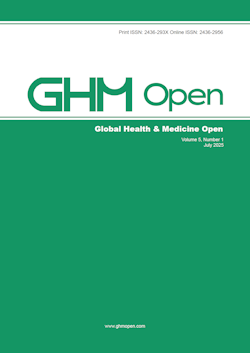Visualization of aerosol spread using a smoke tester during tracheal intubation performed in an operating room
Hattori K, Eriguchi A, Omori M, Nagata O
Tracheal intubation is an essential procedure in the induction of general anesthesia; however, it is also a main source of infectious aerosols such as severe acute respiratory virus 2 (SARS-CoV-2). For protection from infectious aerosols, an air conditioning system which provides continuous laminar air flow from the ceiling and a local isolating device are widely used in typical operating rooms. However, how aerosols spread in an actual operating room has not been visualized, especially during tracheal intubation. In this study, we observed the spread of aerosols under several circumstances. To recreate the scenario of general anesthesia induction, we substituted aerosol spray with smoke from a smoke tester device in the mouth of a human body model placed on the operating table. Then we measured the maximum height of aerosol spread every second for 9 seconds. To verify the contribution of air conditioning and an isolating device, we compared four situations based on their presence or absence. The maximum height of aerosol spread was significantly lower in the presence of laminar air flow from the ceiling. An isolating device contributed to initially enclosing the aerosol; however, some aerosol leaked and diffused depending on the air flow outside the device. During tracheal intubation in typical operating room, airconditioned laminar air flow can contribute to prevent infectious aerosol spread, and an isolating device can provide supplementary protection.







